Priority Access Behavior in Dogs: What It Is and Why It Matters
Have you ever noticed your dog pushing their way to the front of the pack to be petted or get a treat first, or racing to get the best spot on the couch or in the car—especially when another dog or person is around? That drive to always be "first in line" or claim prime spots to hang out may not be a coincidence. It could be what I call Priority Access Behavior—a pattern of competitive behavior that’s important to recognize and address for harmony in multi-dog households.
What Is Priority Access Behavior (PAB)?
Priority Access Behavior (PAB) refers to a dog’s consistent and competitive effort to secure first or exclusive access to high-value resources such as food, attention, resting spots, or toys—especially when they perceive competition from other dogs or people.
Unlike resource guarding, which is typically defensive and rooted in fear or anxiety, PAB is proactive. It’s about getting there first, not about defending something the dog already has. Think of it as the canine equivalent of cutting in line to get served first or “calling shotgun” when it’s time for a car ride.
Common Examples of PAB:
Shoving between another dog or person to get attention.
“Elbowing” other dogs out of the way during treat time or when you return home.
Always claiming the same resting spot—even if another dog is there first.
Why Do Dogs Exhibit PAB?
Priority Access Behavior can stem from:
Learned reinforcement: The dog has a history of being rewarded for getting there first. Sometimes, the first dog adopted into a household will display the behavior because they are used to being the only dog around.
Personality: Some dogs are more naturally competitive or assertive.
Insecurity: The dog may feel they have to compete to get their needs met. This is fairly common in a multi-dog household, especially if humans play favorites or overlook the individual needs of each dog.
Lack of training: Dogs may not have learned to wait their turn or share resources calmly.
Why It Matters
PAB can disrupt the balance in multi-dog homes and escalate tension over time. It may not look aggressive at first, but it can:
Lead to resentment or stress in other dogs.
Create frustration or favoritism dynamics with humans.
Escalate into full-blown resource guarding if left unchecked, which can lead to fighting among the dogs.
How to Address Priority Access Behavior
Fortunately, PAB is manageable with consistency and clear communication. Here are a few strategies:
Use “spot” training to teach turn-taking: Teach your dogs to go to a specific spot in common areas like the kitchen and living room. Reinforce calm waiting and reward dogs one at a time.
Use strategic management: Give high-value resources in separate areas or only when all the dogs are in crates.
Make sure each dog’s needs are getting met: Every dog is different and may need different levels of care. For instance, if you just adopted a puppy or a high-energy rescue dog who is taking up a lot of your time, make sure your other dogs are still getting the care and attention they need.
Don’t play favorites: PAB is often exacerbated by a human playing favorites. Though you may find one dog more endearing than another, it’s important not to let that get in the way of your relationship with your other dogs. Just like humans, dogs are aware when they are being “pushed aside” in favor of another.
Don’t punish your dog: Sometimes PAB behavior can cause squabbles between dogs. While it can be frustrating to deal with, it’s important not to punish the behavior, or it might make the situation even worse.
When to Seek Help
If PAB leads to tension between dogs that results in growling, snapping, or fighting, it may be time to consult a professional. A certified dog trainer can help identify whether the behavior is rooted in competition, insecurity, or something else—and create a tailored plan to resolve it.
Final Thoughts
Understanding Priority Access Behavior helps us support our dogs in feeling secure and confident without needing to compete. By noticing the signs early and working to create a fair, respectful environment, we help all our dogs feel like valued members of the family—no matter where they are in line.
About the Author
Alexandra Bassett is the dog trainer and behavior consultant at Dog Savvy, a virtual dog and puppy training company specializing in game-based dog training and treating problem dog behaviors like separation anxiety, leash reactivity, excessive barking, and aggression.
She is certified as Knowledge Assessed by the Council of Professional Dog Trainers (CPDT-KA) and is available for online dog training sessions via Zoom.
To book an introductory training session with Alexandra, click here.


